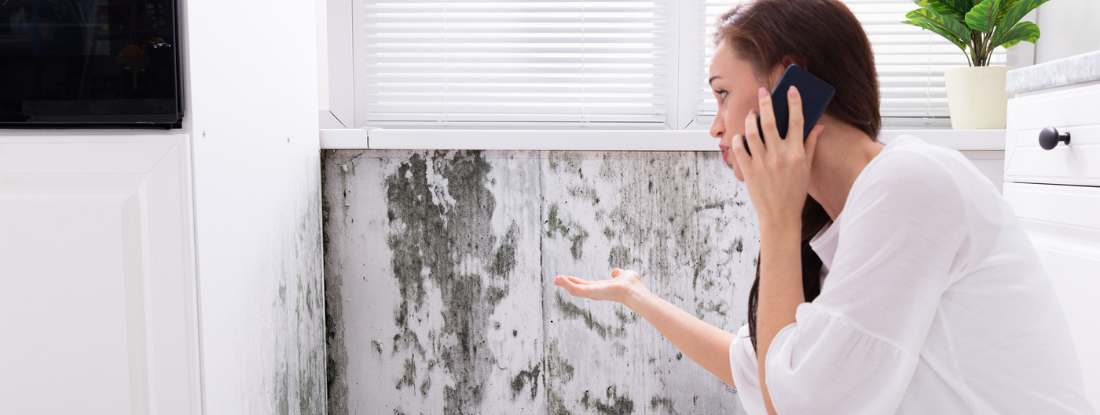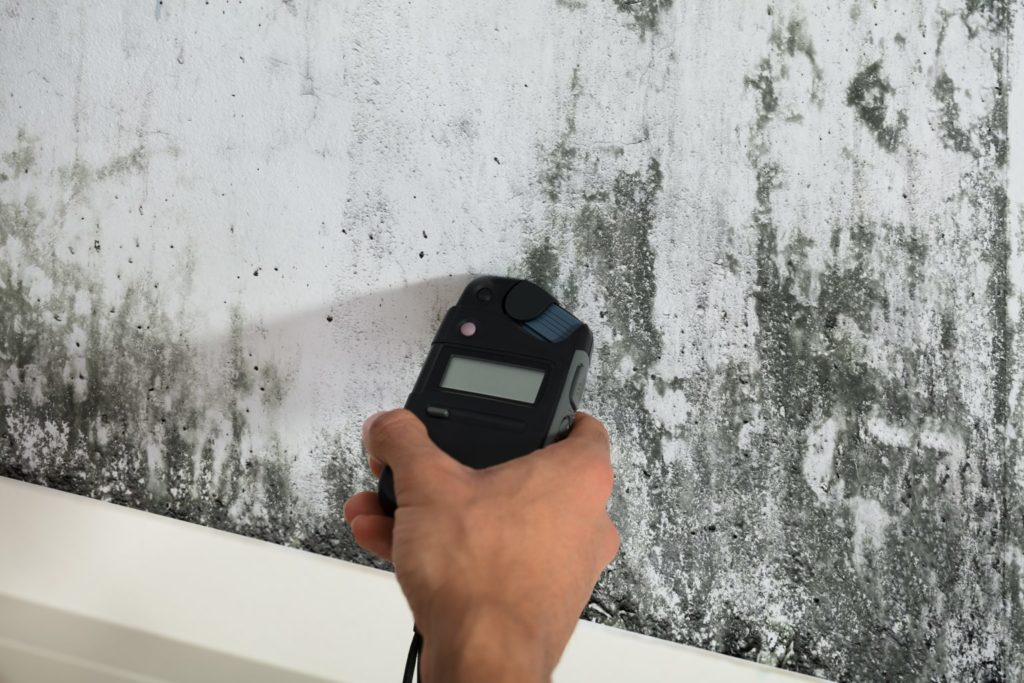Crafting a Detailed Post Mold Remediation Report
Wiki Article
Your Ultimate Guide to Article Mold And Mildew Removal Methods
Browsing the world of post-mold remediation methods is a meticulous process that demands focus to information and an extensive understanding of the complexities involved. In the results of mold and mildew infestation, knowing just how to successfully eliminate the mold and avoid its reoccurrence is critical for preserving a healthy indoor atmosphere. From choosing the ideal cleaning and decontaminating techniques to carrying out approaches for lasting mold and mildew avoidance, each action in the removal journey plays a vital role in guaranteeing an effective result. As we embark on this exploration of post-mold removal methods, we will certainly reveal the key methods and finest techniques that can assist you recover your area to its pre-mold problem and secure it against future mold risks.Comprehending Post-Mold Removal Process
After finishing the mold and mildew remediation procedure, it is important to understand the post-mold remediation strategies that are needed to make certain a effective and extensive cleanup. Once the mold and mildew has actually been removed, the following action includes cleaning and disinfecting the affected locations to avoid any kind of regrowth of mold. This consists of using specialized cleansing representatives to clean down surfaces and kill any remaining mold spores. It is vital to dry out the location entirely to discourage the growth of mold in the future (Post remediation mold testing near me). Correct ventilation and dehumidification can assist in this process.
Furthermore, carrying out a final inspection post-remediation is crucial to guarantee that all mold and mildew has been effectively eliminated. If the evaluation discloses any kind of lingering mold, added remediation may be essential.
Reliable Cleansing and Disinfecting Approaches

Preventing Future Mold And Mildew Development

Value of Appropriate Air Flow
Proper air flow plays a critical role in avoiding dampness buildup, a vital aspect in mold and mildew growth within indoor atmospheres. Efficient ventilation systems aid eliminate excess humidity from the air, lowering the chances of mold and mildew spores finding the moisture they need to spread out and germinate. Without sufficient air flow, interior rooms can become a reproduction ground for mold, resulting in potential wellness risks and architectural damages.By making certain appropriate air blood circulation, air flow systems can also assist in drying wet locations quicker after water damages or flooding events, additionally preventing mold and mildew growth. Post Mold Remediation Report. Precede like bathrooms, kitchen areas, cellars, and attics where moisture levels have a tendency to be higher, mounting and preserving effective air flow systems is vital in preventing mold and mildew infestations

Monitoring and Maintenance Tips
Provided the crucial duty that correct ventilation plays in protecting against mold and mildew development, it is crucial to develop efficient monitoring and upkeep suggestions to make certain the ongoing performance of ventilation systems. Regular inspections of ventilation systems should be carried out to examine for any indications of blockages, leaks, or malfunctions that can restrain proper air flow. Surveillance moisture levels within the residential property is also important, as high humidity can add to mold development. Setting up a hygrometer can help track humidity levels and alert home owners to any spikes that may require attention. Additionally, guaranteeing that air filters are frequently cleaned up or changed is important for preserving the effectiveness of the ventilation system. Carrying out a schedule for routine upkeep jobs, such as air duct cleaning and cooling and heating system examinations, can aid prevent issues before they rise. By remaining proactive and mindful to Post Mold Remediation the problem of ventilation systems, residential property owners can effectively minimize the risk of mold and mildew regrowth and maintain a healthy and balanced interior setting.
Conclusion
To conclude, post-mold removal methods are vital for ensuring a safe and clean atmosphere. Understanding the procedure, executing reliable cleansing and decontaminating methods, avoiding future mold development, maintaining correct air flow, and normal surveillance are all essential action in the remediation procedure. By following these guidelines, you can effectively get rid of mold and mildew and avoid its return, working or promoting a healthy living area for all residents.In the aftermath of mold and mildew problem, knowing how to effectively eradicate the mold and mildew and stop its reoccurrence is paramount for maintaining a healthy and balanced interior environment. As soon as the mold has actually been removed, the next action entails cleansing and disinfecting the affected locations to avoid any kind of regrowth of mold - testing air quality after mold remediation. After getting rid of noticeable mold development, it is essential to cleanse all surfaces in the affected location to get rid of any kind of remaining mold and mildew spores. To additionally improve mold and mildew prevention measures, it is essential to resolve underlying concerns that originally led to mold development.Provided the crucial function that proper ventilation plays in protecting against mold and mildew growth, it is vital to develop efficient surveillance and maintenance suggestions to guarantee the continued capability of ventilation systems
Report this wiki page